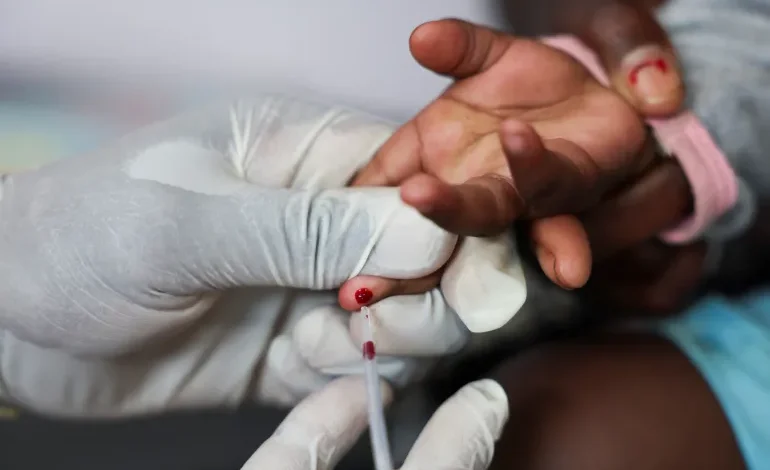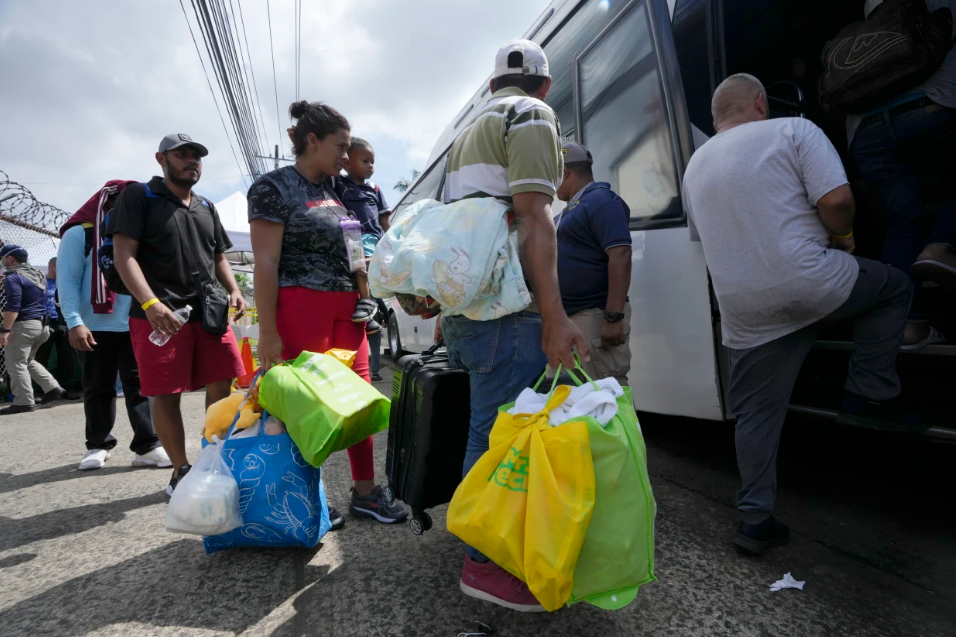The United Nations has warned that recent US cuts to global HIV/AIDS funding have triggered a major disruption in treatment and prevention efforts worldwide — and could result in millions of preventable deaths over the next five years if alternative funding is not secured.
A new report from UNAIDS, the UN agency coordinating the global HIV/AIDS response, projects that the sudden loss of US funding could cause over 4 million AIDS-related deaths and 6 million new HIV infections by 2029. The organization described the impact as a “systemic shock” that threatens to unravel decades of progress made in fighting the epidemic.
In January, US President Donald Trump ordered the suspension of foreign aid, which included $4 billion pledged for global HIV programs in 2025. The move has already led to the closure of clinics, staff shortages, disrupted supply chains, and reduced testing and prevention efforts, particularly in low- and middle-income countries.
The decision also effectively ended US support for PEPFAR — the President’s Emergency Plan for AIDS Relief — a program launched in 2003 by President George W. Bush and widely regarded as the largest financial commitment by any country to fight a single disease. UNAIDS called it a “lifeline” for millions worldwide, with efforts that included treatment for 20.6 million people and testing for 84.1 million.
The UNAIDS report highlights that, even before the cuts, the global decline in HIV/AIDS deaths and infections had begun to plateau. In 2024, an estimated 630,000 people died from AIDS-related illnesses, and 1.3 million were newly infected. Still, this represented the lowest levels in more than three decades, thanks largely to global partnerships and sustained international aid.
Sub-Saharan Africa — which accounts for half of all new global infections — had seen a 56% decline in infections since 2010. Countries like Lesotho, Malawi, Rwanda, and Zimbabwe were on track to meet the UN goal of a 90% reduction by 2030. But that progress, the report warns, is now in jeopardy.
For people on the frontlines, the impact is already being felt. Gugu, a 54-year-old HIV-positive woman in Johannesburg, relied on a US-funded clinic for her antiretroviral medication. When it shut down, she received a nine-month supply — but will run out in September.
She fears that others, especially marginalized groups like sex workers, will avoid overstretched public hospitals where stigma and long wait times are common, risking treatment interruptions.
“People don’t want to default on their ARVs. They’re scared they’re going to die,” she said.
Health workers and NGOs also say that the loss of data infrastructure, much of which was funded by the US, has made tracking outbreaks and planning interventions more difficult.
The funding cuts are also affecting HIV research. South African scientists working on vaccine development had to pause clinical trials when support was withdrawn. According to Wits University’s Prof. Abdullah Ely, the halt could delay critical breakthroughs for months or even years.
Although organizations like the Bill and Melinda Gates Foundation and the Wellcome Trust have pledged emergency funds, the 600 million rand ($33 million) they offered is only a fraction of the 4.6 billion rand ($260 million) requested by researchers.
UNAIDS Executive Director Winnie Byanyima emphasized that the greatest blow has been to prevention programs and vulnerable populations, such as teenage girls, sex workers, and LGBTQ+ communities.
Meanwhile, new advancements like the recently approved twice-yearly injectable HIV prevention drug Lenacapavir — which showed 100% effectiveness in clinical trials — remain out of reach for many due to pricing and limited access in high-need regions.
Experts warn that the broader implications go beyond health. The interruption to HIV programs coincides with global instability, including armed conflicts, rising inequality, and climate shocks — all of which are straining multilateral cooperation.
“Without urgent and coordinated global action,” the UNAIDS report concludes, “the world risks undoing decades of progress and allowing a preventable disease to regain its deadly momentum.”
Key Stats:
Projected impact of funding cuts by 2029:
6 million new HIV infections
4 million AIDS-related deaths
UNAIDS: HIV programs have saved over 26 million lives since 2000
South Africa: 7.7 million people living with HIV; 66% decline in AIDS deaths since 2010
With input from the Associated Press, Al Jazeera, and BBC,










The latest news in your social feeds
Subscribe to our social media platforms to stay tuned